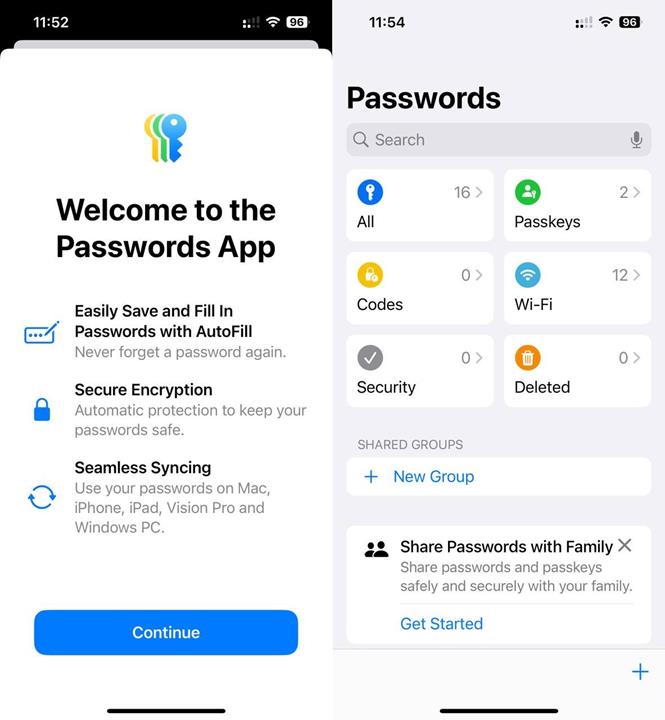Spotify Reports $10 Billion in 2024 Royalties Amid Ongoing Artist Discontent
Spotify has announced a record payout of $10 billion in royalties to the music industry for the year 2024, marking the largest annual distribution in the company's history. This substantial figure underscores the platform's growth and its significant role in the music streaming ecosystem. However, despite these impressive numbers, many artists continue to express dissatisfaction with the compensation they receive, highlighting ongoing concerns about the sustainability of streaming revenue models for musicians.
Breakdown of Spotify's Royalty Payments
The $10 billion payout is distributed among various rights holders, including record labels, publishers, and performing rights organizations. It's important to note that these payments are made to rights holders rather than directly to individual artists. Consequently, the amount that artists ultimately receive depends on their contractual agreements with these intermediaries. Spotify's payout structure is based on a pro-rata model, where royalties are allocated according to an artist's share of total streams on the platform. This means that an artist's earnings are influenced not only by their own streaming numbers but also by the overall streaming activity on Spotify.
On average, Spotify pays between $0.003 and $0.005 per stream. To put this into perspective, an artist would need approximately 250,000 streams to earn $1,000. These rates can vary based on factors such as the listener's country and whether the stream occurred on a free or premium account. Despite the record-high total payouts, these per-stream earnings have been a point of contention among artists, especially those who do not achieve massive streaming numbers.
Artist Perspectives and Criticisms
Many artists argue that the current streaming payout system disproportionately benefits top-tier artists and leaves emerging and independent musicians struggling to make a sustainable income. A recent analysis revealed that only a small fraction of artists are earning substantial amounts from streaming, with the vast majority receiving minimal compensation. For instance, in 2024, only 4.4% of artists earned at least $131,000 annually from Spotify, highlighting the significant income disparity within the music industry. This has led to calls for a more equitable distribution model that ensures fair compensation for artists at all levels.
Critics also point out that Spotify's algorithms and playlist curation practices may favor certain genres or styles of music, potentially limiting exposure for diverse or niche artists. This can further exacerbate income inequalities, as artists who do not align with mainstream trends may find it more challenging to gain traction on the platform.
Comparisons with Other Streaming Services
When compared to other streaming platforms, Spotify's per-stream payout rates are often cited as being on the lower end. For example, reports indicate that Apple Music pays artists more than double Spotify’s average rates, offering approximately $0.01 per stream. Amazon Music also provides higher per-stream payouts, averaging around $0.004 to $0.007 per stream. These differences have led some artists to favor platforms that offer higher compensation, though Spotify's vast user base and influential playlists still make it an attractive avenue for reaching listeners.
Spotify's Response and Future Outlook
In response to these concerns, Spotify has emphasized its commitment to transparency and support for artists. The company has highlighted initiatives such as "Spotify for Artists," which provides musicians with data and tools to better understand their audience and performance on the platform. Additionally, Spotify has pointed to the overall growth in streaming revenues as a positive trend for the industry, suggesting that as the platform continues to grow, so too will the opportunities for artists to monetize their work.
However, the debate over fair compensation in the streaming era is far from settled. As the industry evolves, there are ongoing discussions about alternative payout models, such as user-centric payment systems, which could potentially address some of the disparities in earnings among artists. For now, while Spotify's record payouts reflect the platform's success and its integral role in today's music landscape, they also shine a spotlight on the persistent challenges faced by artists seeking fair remuneration for their creative endeavors.
Source: Techcrunch
RECOMMENDED NEWS

Steam ends support for Windows 7 and 8
Steam has officially ended support for Windows 7, 8 and 8.1. Users on the legacy versions of the op...

RustDoor malware targets macOS users by posing as a Visual Studio Update
A new malware called RustDoor is targeting macOS users. The malware has been undetected for 3 month...

Another Google Chrome 0-day vulnerability fixed: update asap
Google released a security update for its Chrome web browser to address another 0-day security vuln...

Report: HP released faulty ProBook BIOS update that bricked machines
HP released a BIOS update for its ProBook 455 G7 laptop in May 2024. This update appears to have be...

Google Messages to Introduce 'Delete for Everyone' Feature in RCS Chats
Google is preparing to enhance its Messages app by introducing a "Delete for Everyone" feature for ...

Apple’s Passwords App Had a Major Security Flaw—Here’s What You Need to Know
Apple’s recently launched Passwords app was vulnerable to phishing attacks for nearly three months ...
Comments on "Spotify Reports $10 Billion in 2024 Royalties Amid Ongoing Artist Discontent" :